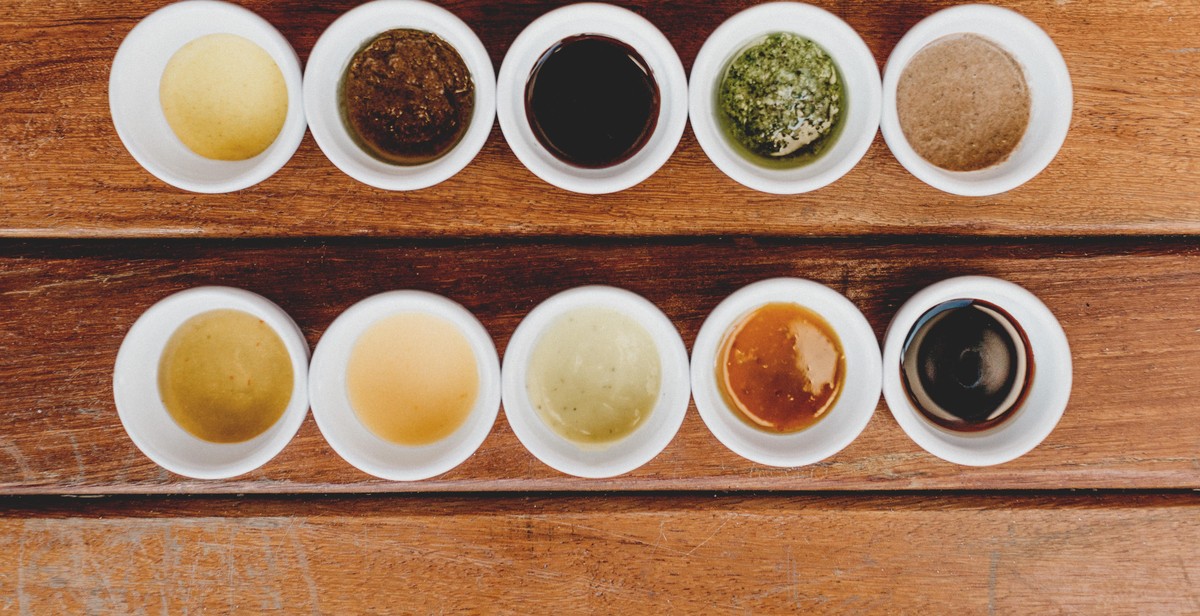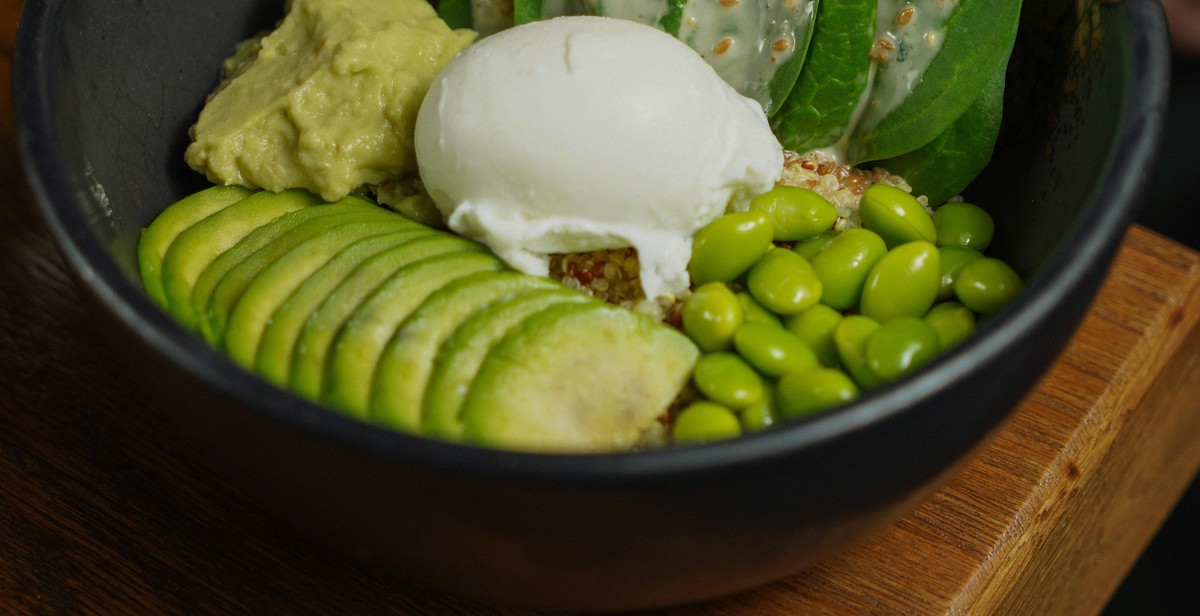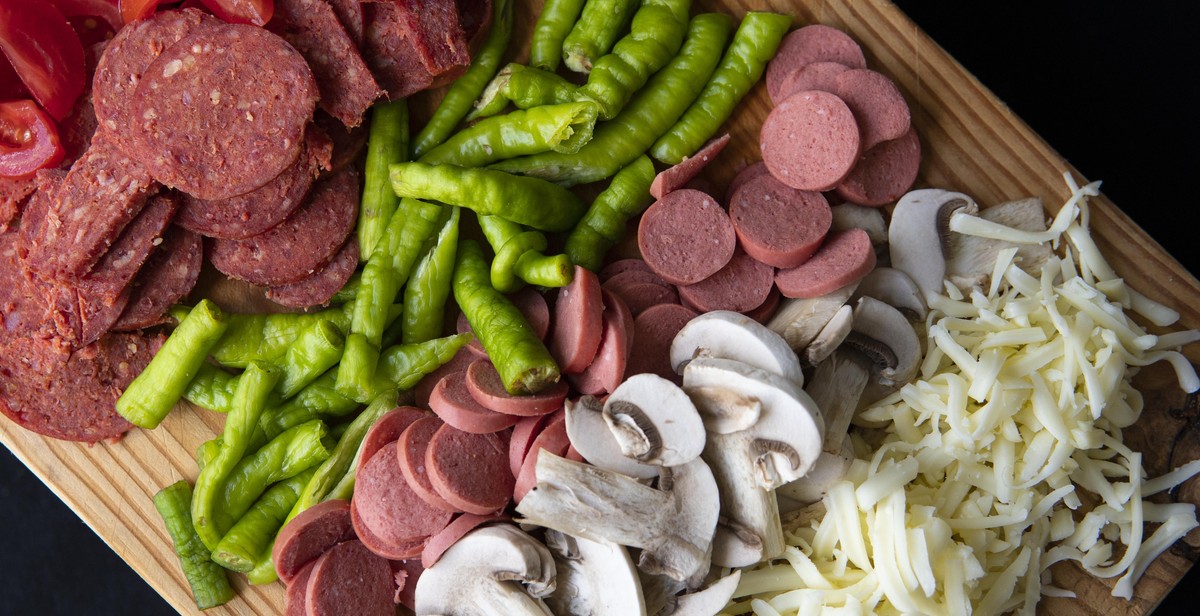How to Create Cheese Pairing Guide: Steps for Matching Cheese with Accompaniments
Creating a cheese pairing guide is a fun and rewarding project for any cheese lover. Whether you’re a cheese connoisseur or just starting to explore the world of cheese, a pairing guide can help you discover new and exciting flavor combinations.
In this article, I’ll take you through the steps for creating your own cheese pairing guide. I’ll share my personal experience and tips for matching cheese with accompaniments, so you can create a guide that reflects your unique taste and style.
Step 1: Choose Your Cheeses
The first step in creating a cheese pairing guide is to choose your cheeses. Consider a variety of textures, flavors, and styles to create a well-rounded guide. You may want to include some of your personal favorites, as well as some lesser-known cheeses that your readers may not have tried before.
Step 2: Select Accompaniments
Once you’ve chosen your cheeses, it’s time to select accompaniments. This can include everything from crackers and bread to fruits, nuts, and spreads. Consider the flavors and textures of your cheeses when selecting accompaniments, and aim for a balance of sweet, salty, and savory options.
Step 3: Experiment and Taste
Now it’s time to start experimenting! Pair each cheese with a variety of accompaniments and taste test to find the best combinations. Take notes on each pairing, so you can remember which ones worked well and which ones didn’t.
With these steps, you’ll be well on your way to creating a delicious and comprehensive cheese pairing guide. Let’s get started!

Step 1: Select Your Cheeses
When creating a cheese pairing guide, the first step is to select your cheeses. There are several factors to consider when choosing your cheeses, including the cheese type, variety of flavors, and textures.
Consider the Cheese Type
The type of cheese you choose will have a significant impact on the overall flavor profile of your cheese pairing guide. Some common cheese types include:
- Fresh Cheese: This type of cheese is usually soft and mild in flavor, making it an excellent choice for pairing with fruits and light crackers.
- Soft Cheese: Soft cheeses like brie and camembert have a creamy texture and a rich flavor that pairs well with crusty bread and nuts.
- Hard Cheese: Hard cheeses like cheddar and parmesan are perfect for pairing with bold flavors like cured meats and spicy nuts.
- Blue Cheese: Blue cheeses like Roquefort and gorgonzola have a pungent flavor that pairs well with sweet fruits and honey.
Choose a Variety of Flavors and Textures
When selecting your cheeses, it’s important to choose a variety of flavors and textures to create a well-rounded cheese pairing guide. Some examples of different flavor profiles and textures include:
| Flavor Profile | Texture | Examples |
|---|---|---|
| Mild | Soft | Feta, Chevre |
| Sharp | Hard | Cheddar, Parmesan |
| Salty | Semi-Soft | Gouda, Edam |
| Pungent | Blue | Roquefort, Gorgonzola |
By selecting a variety of flavors and textures, you’ll be able to create a cheese pairing guide that appeals to a wide range of tastes.
Now that you’ve selected your cheeses, it’s time to move on to the next step: selecting your accompaniments.

Step 2: Choose Your Accompaniments
Choosing the right accompaniments for your cheese can take your cheese tasting experience to the next level. There are a few things to consider when selecting accompaniments:
Consider the Flavor Pairings
Pairing cheese with complementary flavors is key. Think about the flavor profile of your cheese and choose accompaniments that will enhance those flavors. For example, a tangy goat cheese pairs well with sweet and tart fruits like figs or grapes. A rich and nutty aged cheddar can be complemented by a sweet and spicy chutney.
Think About Textures
Texture is another important factor to consider when selecting accompaniments. A soft and creamy cheese can be balanced by a crunchy cracker or crisp apple slice. A harder cheese can be paired with a chewy dried fruit or a dense bread.
Consider the Occasion
The occasion can also play a role in selecting accompaniments. For a casual gathering, simple crackers and fresh fruit can be a great choice. For a more formal event, consider serving a variety of crackers, breads, and spreads to give your guests more options.
| Soft Cheeses | Hard Cheeses | Blue Cheeses |
|---|---|---|
| Brie | Cheddar | Gorgonzola |
| Camembert | Parmesan | Roquefort |
| Goat Cheese | Pecorino | Stilton |
Here are some examples of cheese and accompaniment pairings:
- Brie with sliced baguette and honey
- Cheddar with apple slices and walnut crackers
- Gorgonzola with fig jam and toasted bread
- Camembert with grapes and crackers
- Parmesan with olives and crostini
- Goat cheese with sliced pear and honeycomb
Remember to have fun and experiment with different pairings to find your perfect combination.

Step 3: Arrange Your Cheese Board
Now that you have selected the cheeses and accompaniments for your cheese pairing guide, it’s time to arrange them on the board. Here are some tips to make your cheese board visually appealing and easy to navigate:
Choose the Right Board
Choose a board that is large enough to accommodate all your cheeses and accompaniments. A wooden board or slate platter works well for a rustic look, while a marble or glass board is more modern and elegant. Make sure the board is clean and dry before you start arranging your cheese and accompaniments.
Arrange the Cheeses
Start by placing the cheese on the board. Arrange them in a clockwise or counterclockwise order, from mild to strong, or by the type of milk they are made from. Leave enough space between each cheese so that guests can easily cut a slice or wedge. You can also cut some of the cheese into bite-sized pieces for easy snacking.
Add Accompaniments
Next, add the accompaniments to the board. Place them in small bowls or ramekins and scatter them around the cheese. You can also add some fresh fruit, such as grapes or figs, for a pop of color and flavor. Make sure to include a variety of sweet and savory accompaniments to complement the different cheeses.
Label the Cheeses
Finally, label the cheeses so that guests know what they are eating. Use small signs or labels to indicate the name of each cheese and its origin. You can also include a brief description of the cheese’s flavor and texture. This will help guests navigate the cheese board and discover new cheeses they may not have tried before.
| Types of Cheese | Accompaniments |
|---|---|
| Brie | Crackers, honey, grapes |
| Cheddar | Apple slices, mustard, pickles |
| Goat Cheese | Olives, sun-dried tomatoes, basil |
| Blue Cheese | Walnuts, honeycomb, pears |
By following these tips, you can create a beautiful and delicious cheese pairing guide that will impress your guests and satisfy their taste buds.

Conclusion
Creating a cheese pairing guide is a fun and rewarding experience that can elevate any cheese platter or gathering. By following the steps outlined in this article, you can create a guide that will impress your guests and enhance their cheese tasting experience.
Remember to Consider Texture, Flavor, and Intensity
When pairing cheese with accompaniments, it’s important to consider the texture, flavor, and intensity of both the cheese and the accompaniment. By finding complementary or contrasting elements, you can create a balanced and enjoyable pairing.
Experiment and Have Fun
Don’t be afraid to experiment with different cheeses and accompaniments to find the perfect pairing. Taste and adjust as necessary, and remember that personal preference plays a role in pairing decisions.
Share Your Guide with Others
Once you’ve created your cheese pairing guide, share it with others! Whether it’s through a blog post, social media, or simply handing it out at a party, your guide can help others discover new and delicious cheese pairings.
| Key Takeaways: |
| • Create a cheese pairing guide by considering texture, flavor, and intensity |
| • Experiment with different pairings and adjust as necessary |
| • Share your guide with others to spread the joy of cheese pairing |
By following these steps and sharing your knowledge with others, you can become a cheese pairing expert and enhance the enjoyment of this delicious food for yourself and others.
